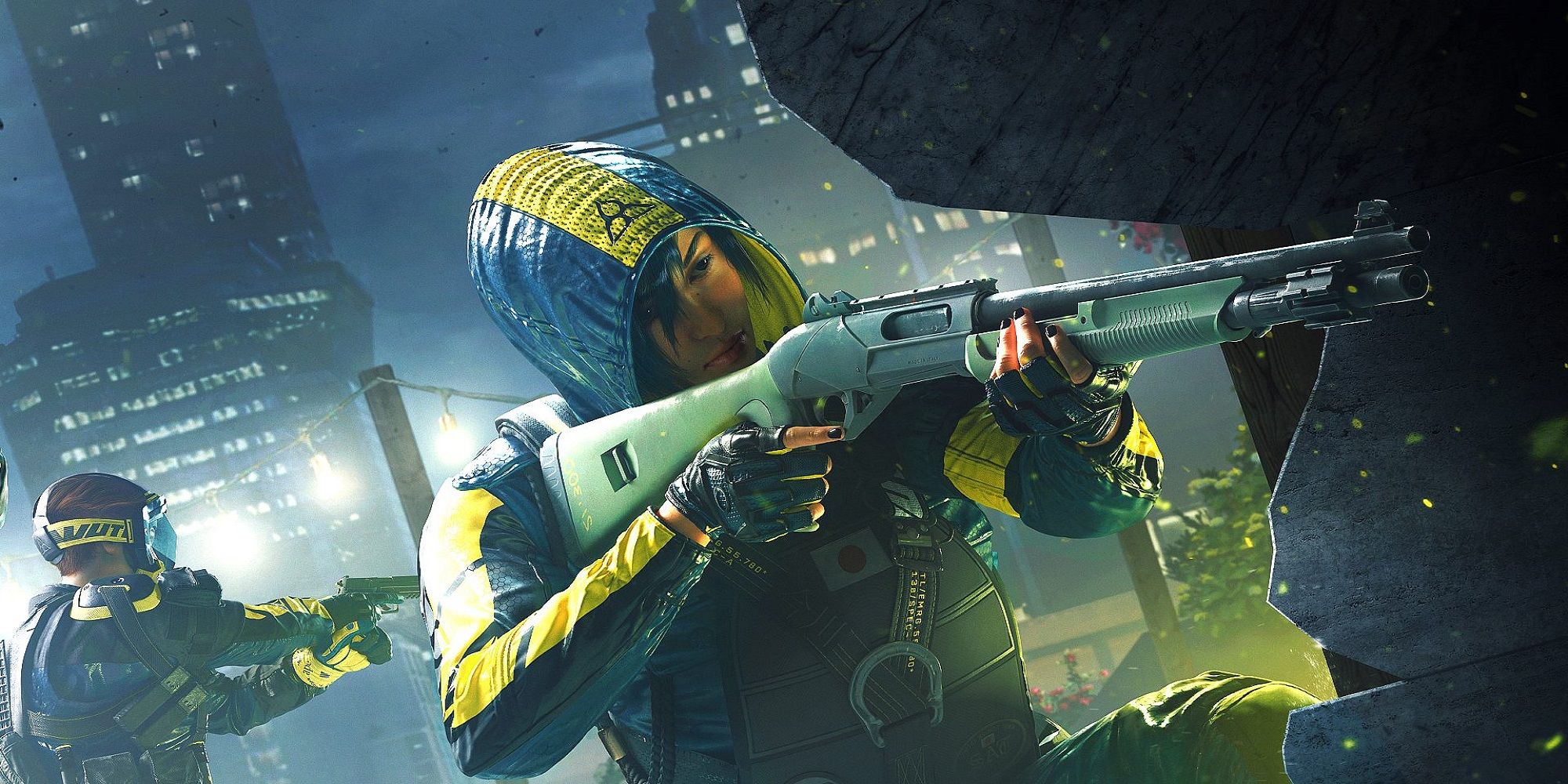


Flash hiders, like the standard A2 flash. In many cases the flash is quite high as well. The draw back to a brake is usually the concussion to the sides and to the shooter are increased over that of a bare muzzle. A proper comparison would look at both the rearward recoil forces as well as muzzle deflection. A muzzle brake is designed to mitigate muzzle rise, torquing, etcetera, to allow for minimal sight picture changes during rapid fire. The compensators perform somewhere in the middle of the pack and flash hiders perform the worst. This renders the compensator useless, and you can take advantage of the muzzle flash elimination and noise reduction of the flash hider and suppressor.īUT, spray control is a fine art and difficult to master. In these tests, the pure muzzle brakes like the M4-72 perform the best. I did notice less recoil with the brake so it stayed on the 12.5' and the comp. I tried then both on my 12.5' Noveske and could not tell any difference in suppression. Spray control?Īs an extra note, if you can control weapon recoil, you will not need to compensate for it. My FA556AR came with the compensator and I purchased a brake. In this case, you will most likely be spraying, and therefore a compensator will be of most use. However, in early- and late-game an SMG may win you fights in smaller areas. SMG’s are most useful at short range, and let’s face it, most gunfights in PUBG are medium to long range, so if you have an AR you will probably use that.

You can use AR’s with single shots for stealthy plays, and in this case, you would most likely prefer the suppressor.įor an SMG: compensator is best. Anytime you want to spray, you will want the compensator – this is most likely in early- and late-game when there are a lot of people in a small area. It has the muzzle flash elimination effects of a flash hider, and you will not need recoil reduction as the majority of the time you will be using single shots (bolt action rifles Kar98k, AWM, M24, Win94 are only single shot).įor an assault rifle: stealthy play – suppressor, aggressive play – compensator. This depends on how you plan to play and which weapon(s) you have.įor a sniper: suppressor is best. The suppressor does not reduce recoil at all. Overall, the compensator is superior but lacks the ability to eliminate muzzle flashes. This allows the FF CQB System to act as a compensator to minimize lateral muzzle movement.Looking at the graph above, you can see a comparison between the compensator and flash hider in their ability to reduce recoil (note it is for assault rifles only). The side ports on the CRD, shown below, allows some of the expanding gas to exit sideways. Compensators may cause temporary blindness when used at night, and muzzle brakes amplify sounds. Jim Satney, writing for Prep For That, gives another difference in the disadvantages found in the two devices. Watch the following video to see how well the FF CQB System works: He explained that muzzle brakes give more forward thrust to the gun, while compensators give a downwards thrust. The CRD has strategically placed side ports that allow the muzzle brake to retain its functionality as opposed to brake shields that cover the brake and negates its function. It is a two piece modular system that includes (1) a very effective high performance muzzle brake that has been extensively tested in full auto fire, and (2) a ported Concussion Reduction Device (CRD) that attaches to the FF Muzzle Brake using a quick detach mechanism. The FF CQB System meets the above-mentioned need for a muzzle brake that effectively mitigates felt recoil and muzzle movement while minimizing side blast/concussion and redirects sound to the front of the shooter. We’ve also heard of many complaints about how loud effective muzzle brakes are at indoor and even outdoor ranges. As alluded to above, muzzle brakes are not typically used in CQB/urban environments due to undesired side concussion that could be distracting to entry team members shooting next to each other in a closed environment or when shooting prone. Thus, there is an unmet need for an effective muzzle brake that has minimal side blast or concussion and to redirect sound to the front of the shooter. The downside to muzzle brakes, however, is that it channels sound and expanding gasses sideways which may be extremely distracting for members of an entry team or fellow shooters at the range. Muzzle brakes are valuable accessories due to the fact that they redirect propellant gas thereby mitigating felt recoil and muzzle movement which keeps shooter’s sights on target while firing multiple shots in rapid succession.

Ferfrans CQB Modular Muzzle Brake System (FF CQB System U.S.


 0 kommentar(er)
0 kommentar(er)
